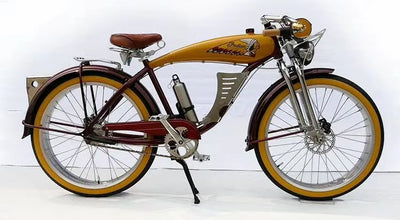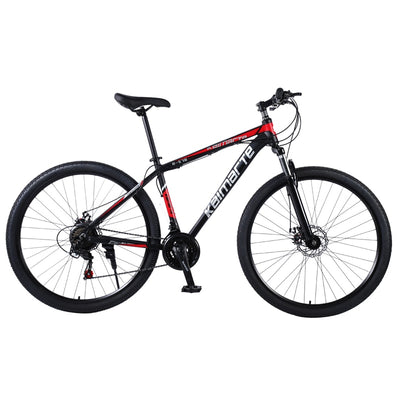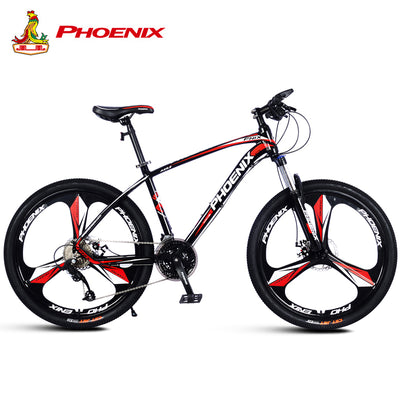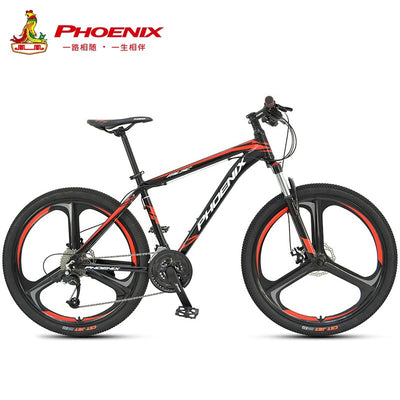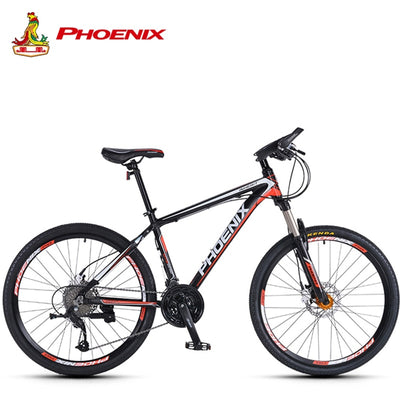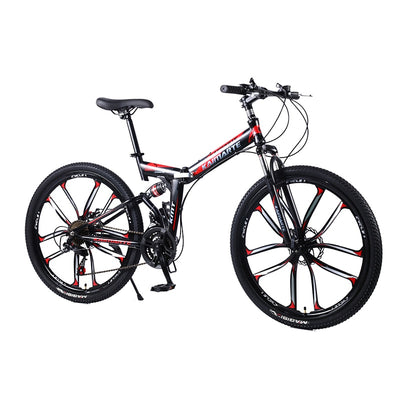How to Choose Hybrid Bikes
Posted by Tom Lee on
A mix of mountain, road, and touring designs, hybrid bikes mash up specific features to create do-it-all bikes with a wide range of uses. The right type of hybrid bike largely depends on how you plan to use the bike.
There are two main decision points when shopping for a hybrid bike:
Bike features and components: Things like wheel size, suspension, gears, brakes, racks and fenders determine how you might use the bike and how it will perform.
Bike fit: Once you’ve narrowed down your search, it’s important to make sure a bike fits you properly.
Hybrid Bike Features

To figure out what type of hybrid bike is right for you, the first consideration is to know what type of riding you’ll be doing: commuting in the city, riding paved paths and smooth streets for a workout, or cruising on a mix of gravel and pavement. Once you know this, you can look at the specific features on a hybrid bike to decide if the bike is suitable for where you plan to ride.
Wheel Size
700c: This is the standard size wheel found on most hybrid bikes. Don’t worry too much about wheel size when choosing a hybrid bike and focus more on the type of bike that suits your riding style.
26 in.: Some hybrid bikes are equipped with 26 in. wheels that are smaller than the standard 700c wheels.
Gears
Bikes are available with a broad range of gears, from one to 27 or more. When you factor in the many combinations of multiple chainrings and cogs and the numbers of teeth on them, things can get complex.
To keep it simple, the most important things to consider are your fitness level and the terrain you'll be riding. If you'll be riding lots of hills and you find climbing challenging, then you'll want to opt for more gears.
If you're a strong cyclist or you only ride flat terrain, you won't need as many low gears to power up a hill so you can get away with fewer gears, which will keep your bike light. Some hybrid bikes have only one speed, and are aptly named single-speed bikes. These bikes have a freewheel mechanism in the rear hub that allows you to coast just like you would on a standard bike with multiple gears.
Learn more about bike gears in our Bike Gears and Shifting Basics article.
Bike Suspension
No Suspension: Many hybrid bikes do not include any suspension at all. Suspension forks add weight and can make pedaling less efficient, so most people who ride on paved bike paths and smooth streets will forego it.
Front Suspension: Some hybrid bikes (generally urban bikes) include front suspension forks that help absorb impacts on the front wheel to smooth out the ride on rough streets.
Learn more about bike suspension in our Bike Suspension Basics article.
Brake Type
Rim Brakes: Many hybrid bikes come equipped with rim brakes. Rim brakes feature pads that grip onto the wheel rims.
- Advantages compared to disc brakes: Economical; easy to observe brake pad wear; easy to replace worn pads.
- Disadvantages compared to disc brakes: Gradually wear out the wheel rim, requiring the wheel to be replaced; less stopping power; less effective in wet or muddy conditions; require more finger effort on the levers to brake aggressively.
Disc Brakes: These feature brake pads that grip onto a brake rotor mounted to the wheel hub. Disc brakes come in two versions:
- Hydraulic disc brakes offer more progressive and stronger braking with less finger effort, and they self-adjust for brake pad wear.
- Mechanical disc brakes need manual adjusting as the pads wear.
When you compare disc brakes to rim brakes there are several clear advantages and disadvantages:
- Advantages compared to rim brakes: More consistent braking in all conditions; much cheaper to replace a worn rotor than a whole wheel; superior performance in steep and wet terrain; less finger strain.
- Disadvantages compared to rim brakes: More difficult to inspect pad wear and replace pads; hydraulic brakes are more expensive to service.
Bike Frame Materials

The majority of bikes are made from aluminum; however, steel and carbon fiber are also common. Each material has pros and cons, so you need to weigh your priorities when deciding.
Aluminum is light, strong, stiff and affordable. It can sometimes be described as feeling harsh on rough roads, but newer construction techniques have helped improve shock absorption.
Steel is heavier than aluminum, but its strength and amount of flex offer a comfortable, smooth ride.
Carbon fiber is lighter than aluminum and stronger than steel, but it’s more expensive than both, making it a popular choice for high-end bikes. Some bikes feature carbon fiber forks and/or seat posts rather than a frame made entirely of carbon in order to keep the price down but still provide some of the benefits of the light, strong material.
Learn more about frame materials in our Understanding Bike Frame Materials article.
Handlebar Shape
When looking at a bike, compare the level of the seat and the handlebars. Generally speaking, the farther the seat is below the handlebars, the more comfortable the ride. Most hybrid bikes are set up this way. Seats that are higher than the handlebars, on the other hand, will allow you to ride in a more aerodynamic position and apply more power to the pedals. This lets you go faster, but it may not be as comfortable.
There are 5 basic styles of handlebars on bikes available at REI:
Drop bar: Typically found on road bikes, drop-bar handlebars are occasionally offered on hybrid bikes. They are lightweight and aerodynamic, making them the preferred choice if you want to go fast. They also allow several riding and hand positions. Their downside is that they put you in a lower, more hunched over position that may put more strain on your back.
Flat bar: These bars are very common on hybrid bikes. They are heavier than drop-bar handlebars, but they let you sit up in a more relaxed position so you can better see the road and potential hazards. This upright position reduces strain on your hands, wrists and shoulders.
Riser bar: Also common on hybrid bikes, riser bars extend slightly upward and back toward the rider. They allow you to sit more upright and farther back for excellent vision of the trail ahead and good control while steering the bike.
Moustache bar: These bars look similar to drop bars, only with very little drop. They give you a variety of hand positions while allowing you to sit more upright than with drop bars. Moustache bars are found on some road bikes and hybrid bikes.
Bike Cargo Racks
Hybrid bikes that come equipped with front and/or cargo racks are generally designed for urban riding that includes trips to the grocery store and commuting to work. With most racks, you’ll need to purchase pannier bags separately to hold your possessions.
You can remove the racks when you don’t need them, but most riders keep them installed and ready to haul extra cargo.
Fenders
If you’re commuting to work or running errands in everyday clothes, fenders are essential for keeping road grime and puddles from splashing up on you. If you’re riding in a group on wet days, your friends will also appreciate your fenders, as they keep the spray coming off your wheels from blasting your buddies in the face.
For fair-weather riding, you can forego the fenders and save some weight.
Get the Right Bike Fit for You

No matter which hybrid bike you choose, make sure it fits you. Bikes are sold in a variety of frame sizes, so this is a good starting point. Many manufacturers have size charts that list a height range for each bike size.
A test ride is a great way to discover what the best bike is for you. Most REI stores provide an area for customers to do this, usually in a little-used area of the parking lot. REI-flagship stores in Seattle, Denver, and Bloomington (Minn.) even offer onsite mountain-bike test trails.
For specifics on finding the right size, see our Bike Fitting Basics article.

